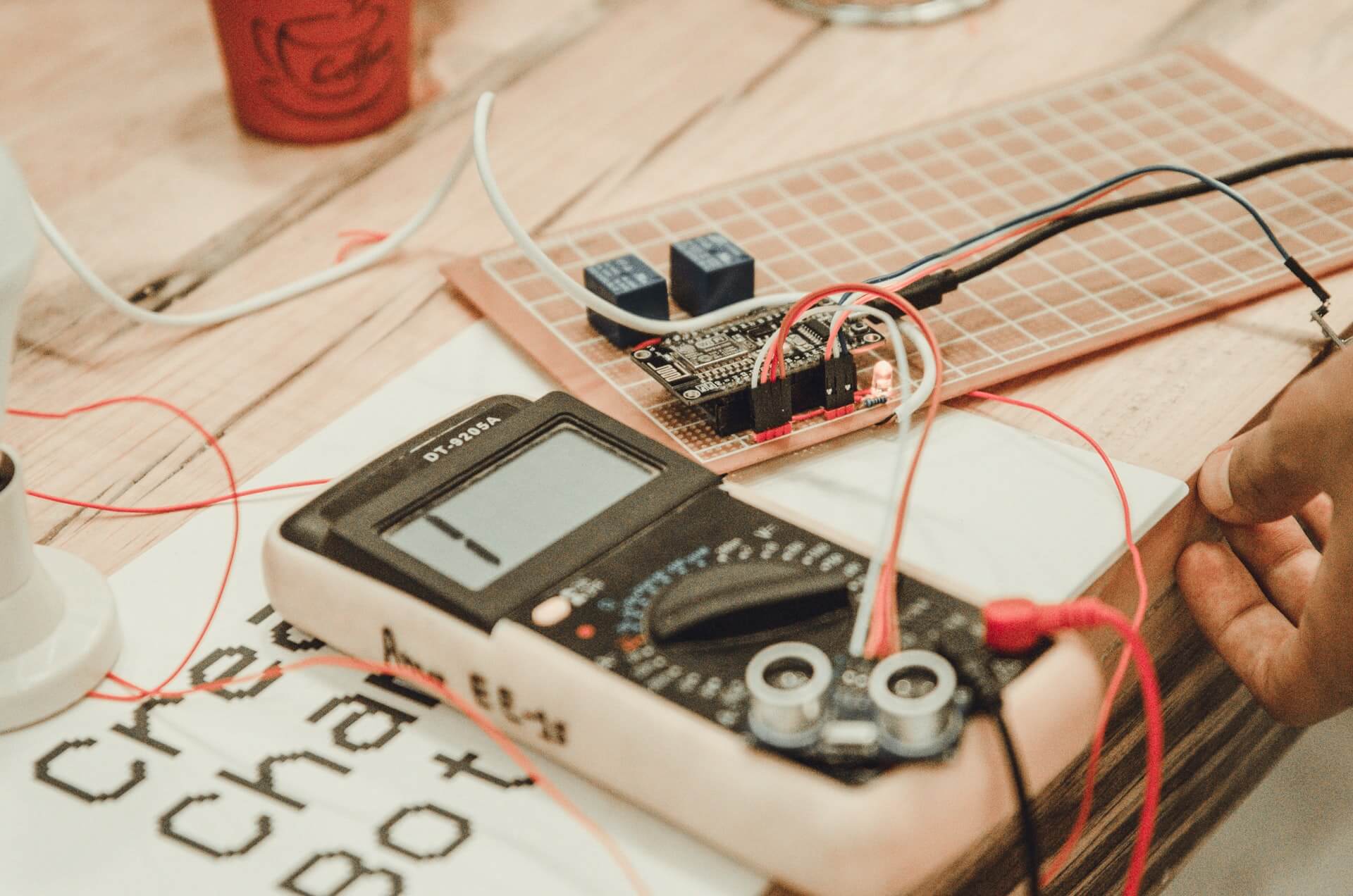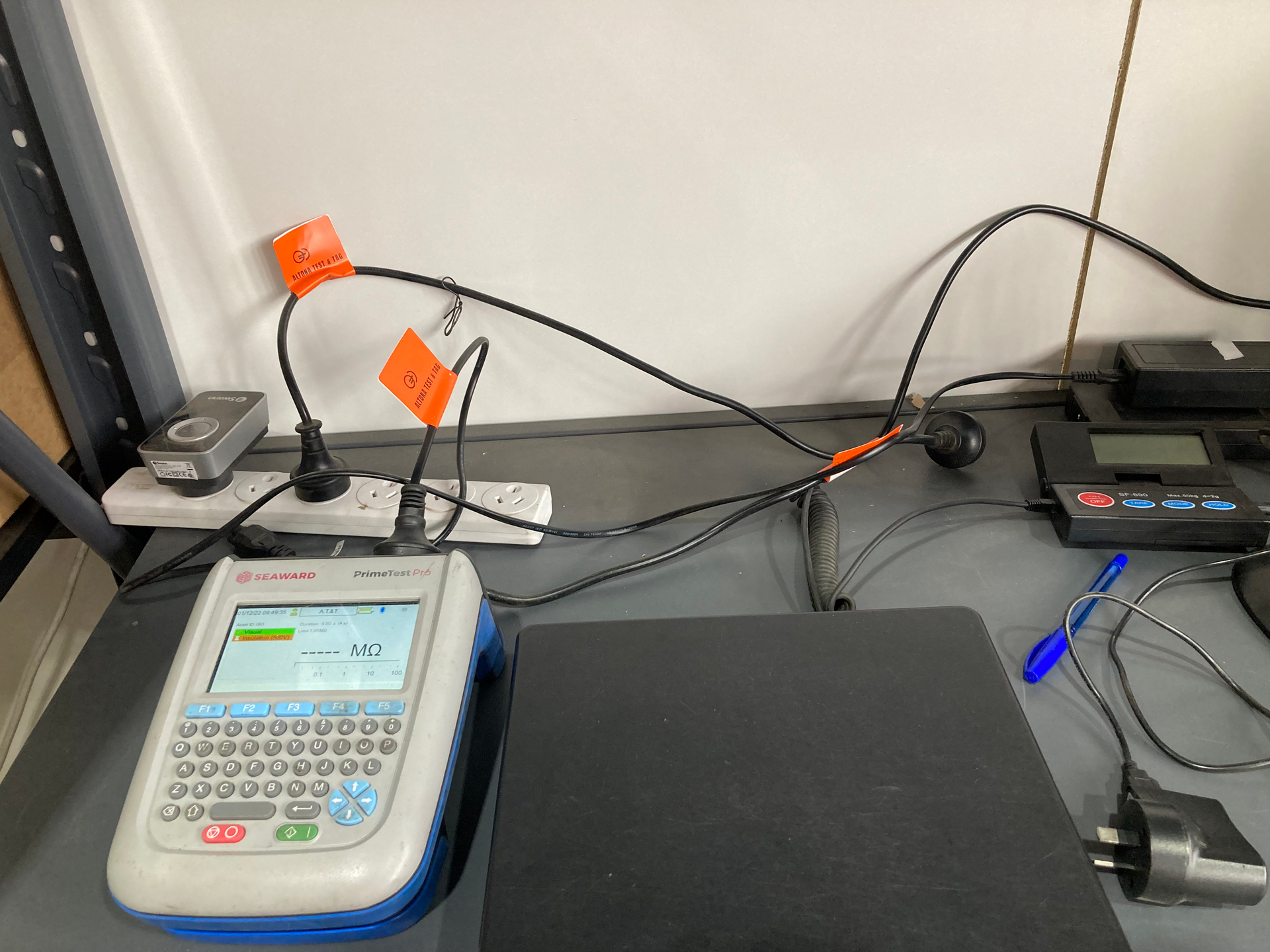Testing and Tagging Melbourne | Why Fire Safety Equipment Should Be Your Top Priority

Fire safety equipment is not something that should be taken lightly. Protecting your property and loved ones should be one of your top priorities. But unfortunately, fires can happen unexpectedly and can spread rapidly, causing destruction and endangering lives. This is why it is essential to be prepared and equipped with the proper fire safety equipment. Investing in fire safety equipment can make all the difference in a fire, allowing you to detect, contain, and extinguish the flames before they become unmanageable. This blog will explore why fire safety equipment should be your top priority and how it can help you protect your home or business. So, buckle up and get ready to learn why you should pay attention to fire safety equipment and what steps you can take to ensure you are well-prepared in the event of a fire.
Types Of Fire Safety Equipment
There are several types of fire safety equipment that you can use to protect your property and loved ones from the devastating effects of fire. These include:
- Smoke Detectors and Alarms: Smoke detectors and alarms are among the most critical fire safety equipment. They detect smoke or fire and alert you to danger, giving you time to evacuate or take appropriate action to control the fire. There are different types of smoke detectors, including ionization smoke detectors, which are better at detecting fast-burning fires, and photoelectric smoke detectors, better at catching slow-burning fires. It's essential to test your smoke detectors regularly and replace the batteries at least once a year.
- Fire Extinguishers: Fire extinguishers are portable devices that can put out small fires before they become unmanageable. Different fire extinguishers exist for different types of fires, such as Class A, B, C, and D. It's crucial to select the right kind of fire extinguisher for your needs and ensure that it is easily accessible and visible. You should also train your employees and family to use the fire extinguisher correctly.
- Sprinkler Systems: Sprinkler systems are automated systems that activate when they detect fire, releasing water to suppress the flames. They are typically installed in commercial buildings but can also be installed in homes. Sprinkler systems can help to suppress the fire and prevent it from spreading, giving occupants time to evacuate safely. Maintaining and inspecting your sprinkler system regularly ensures it functions correctly.
- Fire Blankets: Fire blankets are large sheets of flame-resistant materials that can smother small fires or wrap around a person to protect them from flames. They are useful in kitchens, where cooking fires are more likely to occur. Fire blankets should be easily accessible and stored in a visible location.
- Escape Ladders: Escape ladders are portable ladders that can be used to evacuate people from upper floors in the event of a fire. They can be especially useful in homes or buildings with multiple floors, where occupants cannot evacuate through traditional means. Selecting the correct type of escape ladder for your needs is crucial, ensuring it is easily accessible and visible. You should also practice using the escape ladder regularly to ensure you can use it quickly and safely in an emergency.
Benefits Of Having Fire Safety Equipment
Having fire safety equipment is crucial for protecting your property, loved ones, and employees from the devastating effects of fire. Here are some benefits of having fire safety equipment:
- Early Detection and Warning of Fire: Smoke detectors and alarms are crucial for early detection and warning of fire. They can detect smoke or fire early, providing a warning signal that can alert people to danger. Early detection can give people more time to evacuate the building or contain the fire before it spreads. Without smoke detectors and alarms, people may not know the fire until it's too late to evacuate safely.
- Ability to Contain and Extinguish Small Fires: Fire extinguishers and fire blankets can be used to contain and extinguish small fires before they become large and dangerous. This can help prevent the fire's spread and minimize property damage. It's essential to select the right type of fire extinguisher for the type of fire you may encounter, such as a Class A extinguisher for fires involving wood or paper or a Class B extinguisher for fires involving flammable liquids. Fire blankets can also help smother small fires or wrap around a person to protect them from flames.
- Minimizing Property Damage: Sprinkler systems can help suppress the flames and reduce property damage by quickly releasing water to extinguish the fire. They can detect and activate the fire automatically, even if no one is in the building. Sprinkler systems can also help to contain the fire and prevent it from spreading to other areas of the building, reducing the cost of repairs and rebuilding after a fire.
- Saving Lives: The most crucial benefit of having fire safety equipment is saving lives. Smoke detectors and alarms, fire extinguishers, and escape ladders can help people to evacuate the building quickly and safely, reducing the risk of injury or death. Having an evacuation plan and practicing it regularly with everyone in the building is essential. In an emergency, every second counts, and having the right fire safety equipment can make all the difference in ensuring everyone's safety.
- Compliance with Safety Regulations: Finally, having the right fire safety equipment can help you comply with safety regulations in your area. Many jurisdictions require that buildings have certain fire safety equipment installed to comply with safety regulations. Having the right equipment can help you avoid fines or penalties for non-compliance. By complying with safety regulations, you can help ensure your building is safe for occupants and visitors.
How To Choose The Right Fire Safety Equipment
Choosing the right fire safety equipment for your property can be daunting. Here are some factors to consider when selecting fire safety equipment:
- Consider the Size and Layout of Your Property: The size and layout of your property can influence the type and number of fire safety equipment needed. Significant buildings may require more smoke detectors, fire extinguishers, or sprinkler systems to ensure adequate coverage.
- Evaluate the Potential Fire Hazards: It is essential to identify fire hazards in your property, such as flammable materials or electrical equipment, and choose fire safety equipment accordingly. For instance, Class B fires require a different fire extinguisher than Class A fires.
- Understand the Different Types of Fire Safety Equipment: Familiarize yourself with the different types of fire safety equipment, such as smoke detectors, fire extinguishers, sprinkler systems, fire blankets, and escape ladders, and their appropriate use.
- Consult with a Fire Safety Expert: Seeking the advice of a fire safety expert can help you make an informed decision when selecting fire safety equipment. They can evaluate your property and recommend the most appropriate fire safety equipment.
- Follow Manufacturer Instructions and Safety Guidelines: Once you have chosen your fire safety equipment, following the manufacturer's instructions and safety guidelines is essential to ensure they are installed and maintained correctly.
Maintenance And Inspection Of Fire Safety Equipment
Maintenance and inspection of fire safety equipment are critical to ensuring that they function correctly and will work effectively in the event of a fire. Here are some guidelines for maintaining and inspecting fire safety equipment:
- Smoke Detectors and Alarms: Test smoke detectors and alarms at least once a month by pressing the test button. Replace the batteries every six months and replace the entire device every ten years.
- Fire Extinguishers: Have fire extinguishers inspected annually by a certified professional to ensure they function correctly. Check the pressure gauge monthly to ensure that the extinguisher is still charged.
- Sprinkler Systems: Sprinkler systems should be inspected annually by a certified professional to ensure they function correctly. Check the control valve regularly to ensure that it is open, and that water is flowing.
- Fire Blankets: Fire blankets should be inspected regularly for any signs of wear or damage. Replace the blanket immediately if any damage is found.
- Escape Ladders: Test escape ladders annually to ensure they function correctly. Replace any damaged or worn parts immediately.
Tips To Prioritize Fire Safety Equipment In Your Home Or Business
Prioritizing fire safety equipment in your home or business is critical to ensure you are adequately prepared for a fire emergency. Here are some tips to help you prioritize fire safety equipment:
- Conduct a Fire Risk Assessment: Conduct a fire risk assessment to identify potential fire hazards in your property. This will help you determine the most appropriate fire safety equipment to mitigate those risks.
- Identify Required Fire Safety Equipment: Check local safety regulations and building codes to identify your property's required fire safety equipment. Ensure you comply with all rules and codes by installing the necessary fire safety equipment.
- Install Smoke Detectors and Alarms: Install smoke detectors and alarms on every property floor and sleeping area. Test them monthly to ensure that they are functioning correctly.
- Install Fire Extinguishers: Install fire extinguishers in strategic locations throughout your property. Ensure that the fire extinguishers are easily accessible and visible. Train yourself and your employees or family members to use them correctly.
- Install Sprinkler Systems: Consider installing sprinkler systems in high-risk areas of your property, such as kitchens, boiler rooms, or warehouses. Sprinkler systems can help to suppress the flames and prevent the spread of fire.
- Develop an Evacuation Plan: Develop and practice an evacuation plan for your property regularly. Ensure everyone knows how to evacuate safely and quickly in a fire emergency.
- Schedule Regular Maintenance and Inspections: Schedule regular maintenance and inspections of your fire safety equipment to ensure it functions correctly. Keep detailed records of all maintenance and inspections.
In conclusion, fire safety equipment should be a top priority for every home and business owner. Investing in the right fire safety equipment and ensuring it is properly installed, maintained, and inspected can save lives and protect your property in a fire emergency. Remember to conduct a fire risk assessment, install smoke detectors and alarms, fire extinguishers and sprinkler systems, and develop an evacuation plan.
Things To Do In Melbourne
Melbourne News

